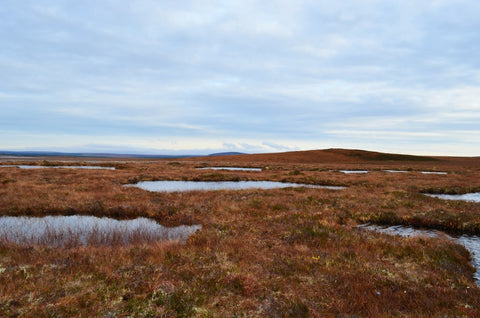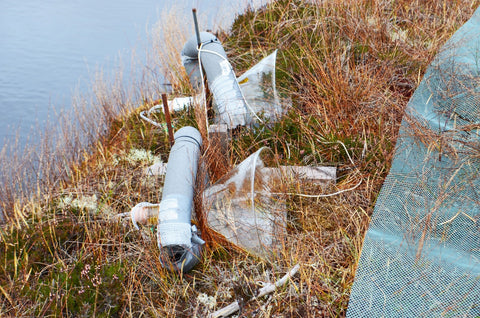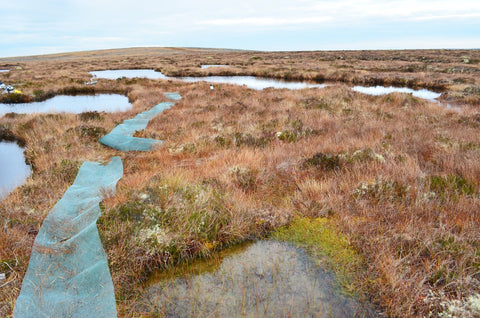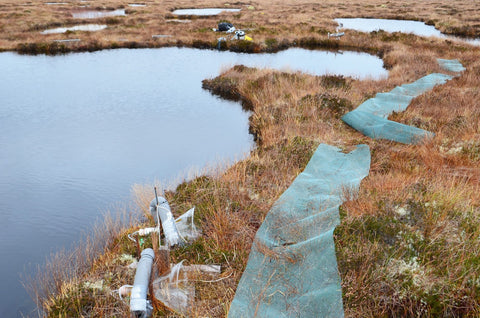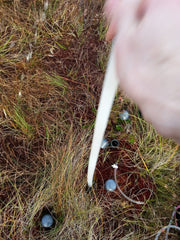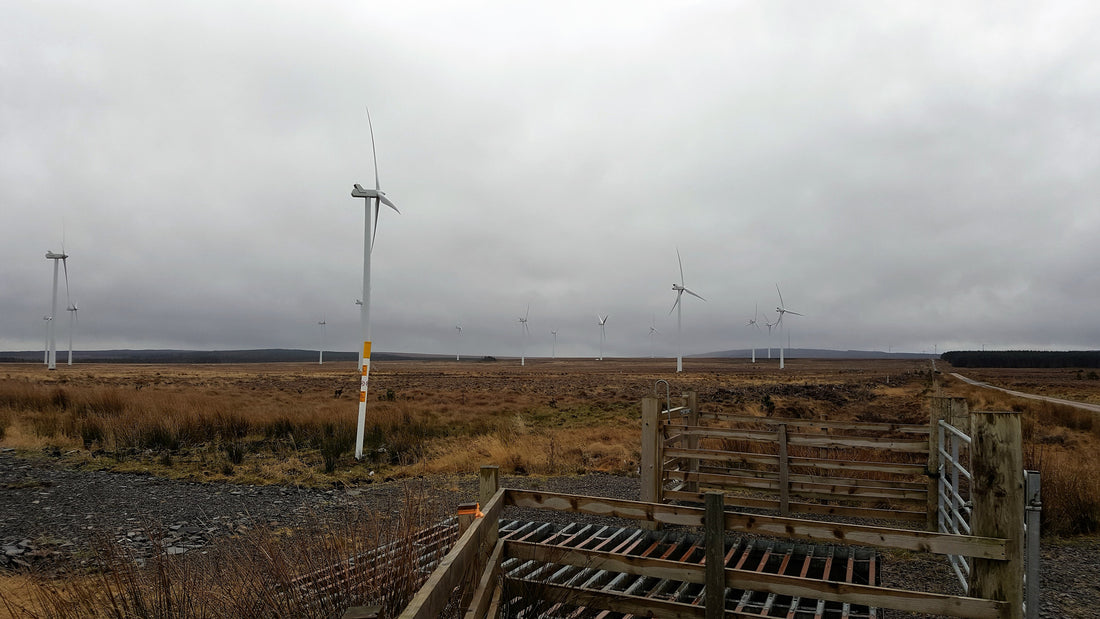A wonderful base for me during the residency, very comfy, warm and welcoming. I had the wonderful Karlyn Sutherland look after me whilst here (a fellow glass artist so we had much to talk about during the week). It was great to have someone to bounce some ideas off and to help me vocalise some of the creative blocks I was having due to grief. It was a time when I was fighting the production of work in the studio and being away from home gave me time and some insight into how grief affects us. I was able to read a good few books that helped me understand some of the feelings I couldn't cope with since the death of my dad.
The Year of Magical Thinking - Joan Didion
"Grief turns out to be a place none of us know until we reach it....we do not expect this shock to be obliterative, dislocating to both body and mind...nor can we know ahead of the fact (and here lies the heart of the difference between grief as we imagine it and grief as it is) the unending absence that follows, the void, the very opposite of meaning, the relentless succession of moments during which we will confront the experience of meaninglessness itself."
Grief is the Thing with Feathers - Max Porter
"Moving on, as a concept, is for stupid people, because any sensible person knows grief is a long-term project. I refuse to rush. The pain that is thrust upon us let no man slow or speed or fix."
"There's a feather on my pillow.
Pillows are made of feathers, go to sleep.
It's a big, black feather.
Come and sleep in my bed.
There's a feather on your pillow too.
Let's leave the feathers where they are and sleep on the floor."
H is for Hawk - Helen Macdonald
"Deep in the muddled darkness six copper pheasant feathers glowed in a cradle of blackthorn. Reaching through the thorns I picked them free, one by one, tucked the hand that held them into my pocket, and cupped the feathers in my closed fist as if I was holding a moment tight inside itself. It was death I had seen. I wasn't sure what it had made me feel."
"But what I should have realised, too, on those northern roads, is that what the mind does after losing one's father isn't just to pick new fathers from the world, but pick new selves to love them with."
Crow: From the Life and Songs of the Crow - Ted Hughes
Excerpt from Examination at the Womb-door
"Who owns the whole rainy, stony earth? Death
Who owns all of space? Death
Who is stronger than hope? Death
Who is stronger than the will? Death
Stronger than love? Death
Stronger than life? Death
But who is stronger than death? Me, evidently
Crow Hears Fate Knock on the Door
"Crow looked at the world, mountainously heaped.
He looked at the heavens, littering away
Beyond every limit.
He looked in front of his feet at the little stream
Chugging on like an auxiliary motor
Fastened to this infinite engine.
He imagined the whole engineering
Of it's assembly, repairs and maintenance -
And felt helpless
He plucked grass-heads and gazed into them
Waiting for first instructions.
He studied a stone from the stream.
He found a dead mole and slowly took it apart
Then stared at the gobbets, feeling helpless
He walked, he walked
Letting the translucent starry spaces
Blow in his ear cluelessly.
Yet the prophecy inside him, like a grimace,
Was I WILL MEASURE IT ALL AND OWN IT ALL
AND WILL BE INSIDE IT
AS INSIDE MY OWN LAUGHTER
AND NOT STARING OUT AT IT THROUGH WALLS
OF MY EYE'S COLD QUARANTINE
FROM A BURIED CELL OF BLOODY BLACKNESS -
This prophecy was inside him, like a steel spring
Slowly rending the vital fibres."
My thanks to all at Lyth Arts Centre, especially Karlyn and William, for their generosity and support. It was perfect timing and left me feeling much more positive about my work and life in general. I'd also like to thank Liz and Rebecca at ERI for taking the time to spend with me out of their busy schedules and passing on their knowledge and passion for what they do.

